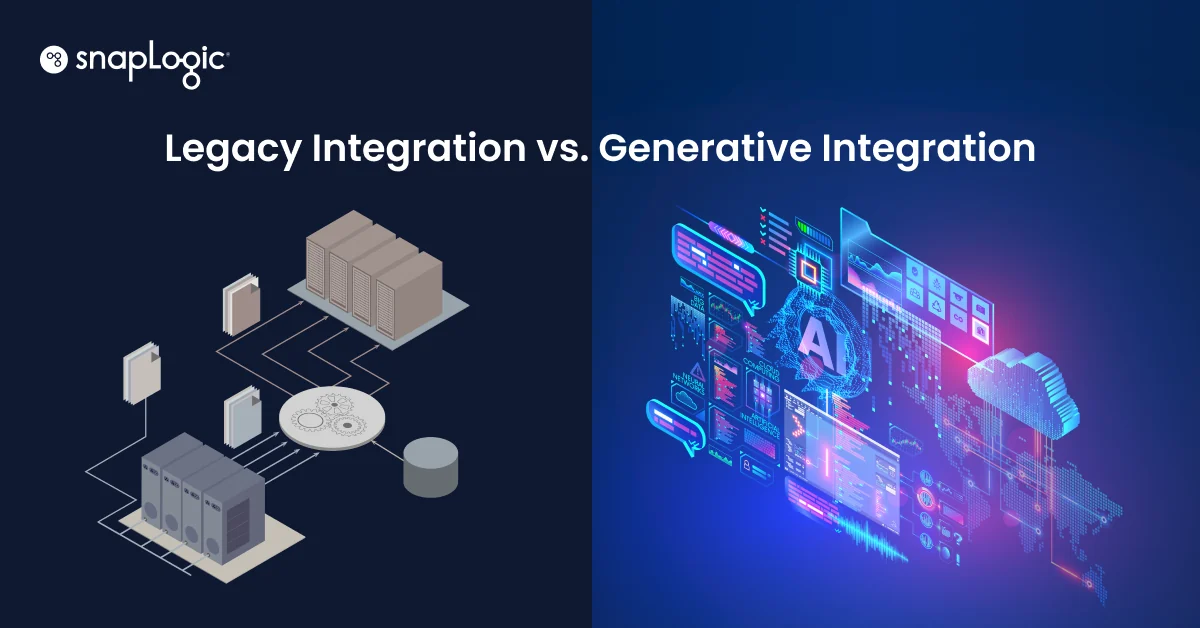In Part 2 of my series on Digital Transformation, I explore our increasingly diverse and contingent workforce and the need for integration technologies to help manage this fast-changing workplace.
Fifty years ago, the American workforce consisted almost entirely of full-time employees, save for a handful of (mostly female) temporary workers. Demographically, the workforce was largely male and white, with men almost exclusively in leadership and upper management roles.
Today’s American workplace is vastly different. For one thing, it is ethnically diverse, with a far greater number of women in leadership roles, including many women of color. And it is no longer made up of primarily full-time employees, given the striking volume of contingent workers now making up the labor force. According to the most recent estimates by the U.S. Government Accountability Office (GAO), contingent workers currently make up more than 40 percent of the U.S. workforce, an astonishing percentage. That means that fewer than six in ten people walking around the office today gets what used to be called “a regular paycheck.”
The rest are contingent workers. Among their ranks are independent contractors who provide a service or product and are part-time, self-employed, and contract company workers. There’s also a category the GAO defines as “on-demand labor” for people who rotate in and out of businesses on an as-needed basis.
There are numerous reasons why contingent workers make up an increasing part of today’s workforce. For one thing, many young, talented, and creative people prefer the independence and flexibility of working for a variety of companies, building their careers around their lives, rather than their lives around their careers.
Of course, contingent work is not restricted to the partialities of Millennials and members of Generation Z. Many older and retired individuals like the option of working part-time gigs, as long as the jobs fit their schedule.
Employers also like contingent workers, given the myriad financial benefits of hiring non-salaried individuals. They don’t need to provide or pay for Social Security, health insurance, unemployment insurance, workers compensation insurance, and more.
Add up these savings and the sum is striking. According to MIT Sloan School of Management, these various additional expenses tack on an extra 40 percent to the salary of a full-time employee.
Other factors fueling the trend toward contingent workers include the enhanced ability of such people to easily find short-term gigs – thanks to technology apps like Snagajob and Moonlight that specialize in the so-called “hourly marketplace.” Nowadays, it’s also easier for recruiters to find the specific skill sets they seek from on-demand talent platforms like Shiftgig and Upwork. The platforms store contact information on individuals with different talents, from computer programming to security. Since the platforms have already performed the background checks, hiring is a snap of a finger.
Embracing a contingent workforce
Nevertheless, the trend toward using contingent workers is not without risk. Chief among these corporate exposures is cultural misalignment. With regard to full-time, salaried employees, recruiters go out of their way to make sure the job applicants have the personalities, attitudes, and values that are consistent with the mission, value proposition, and culture of the hiring organization. The reason is that employees who neatly fit a company’s culture generally have greater job satisfaction and are more committed to the organization, culminating in their higher productivity.
Contingent workers rarely are subjected to such in-depth scrutiny during their sourcing. In some cases, HR – the guardian of the corporate culture – isn’t even involved in their hiring, with the procurement organization or the hiring manager taking the lead. Interestingly, contingent workers very much want to be a part of the hiring entity’s culture. Sixty percent of contingent workers in a recent study said that becoming part of a culture that embraces them is a significant factor in their attraction to work for a company.
The challenge for many businesses is the “embracing” part. How can people who work for the organization for just a few weeks or “now and then” be made to feel they’re as vital to the business as fulltime employees? Regrettably, many businesses are failing in this regard. A recent survey of 7,000 companies by Deloitte indicates that more than 70 percent had problems integrating full-time and non-salaried workers into a unified culture.
Connecting disparate HR systems
Part of the problem is how the many different types of workers are managed inside the organization for legal and compliance purposes. Human Resources is a thicket of disconnected job application tracking systems, recruitment and staffing vendor management systems, and backbone HR information systems. Newer on-demand talent platforms and short-term gig applications are similarly detached. Adding to the confusion is that some people are hired on a contract basis, others on a temporary basis, and still others on an as-needed basis. This data is here, there and, unfortunately, not everywhere. From a compliance standpoint, management is stymied to accurately report on the types and responsibilities of contingent workers, much less manage them.
These disparate systems, databases, reporting, platforms, and apps make it vastly more complex to manage the contingent workforce to achieve a more cohesive treatment of all workers. According to a survey by Ardent Partners, the top challenges in managing a contingent workforce program are the need to enhance “visibility and intelligence” on differing pay rates, project status, talent gaps, invoicing, payment, and compliance, cited by 56 percent of respondents.
There is a solution. What if HR leaders could rapidly integrate their company’s application tracking system, vendor management system, HR information system, and on-premises and cloud talent applications? SnapLogic’s data integration technology instantly links together the endpoints of these disparate systems, as well as multiple databases, big data analytics tools, and legal and ERP systems storing labor compliance and financial data.
Via a single interface, we empower HR users to swiftly create conduits that unify these multiple endpoints on a single platform. There’s no programming involved. Just “point and click” and millions of full-time and contingent employment records across multiple silos can be accessed and integrated for management purposes. We’ve made a process that used to involve manually uploading and downloading data from one system or application to another system or application easy and straightforward.
More and more people in the future are likely to consider contingent work – at least for a period of their long careers. The time has come to treat them fairly and equitably, managing their interests to achieve a truly unified workforce.











